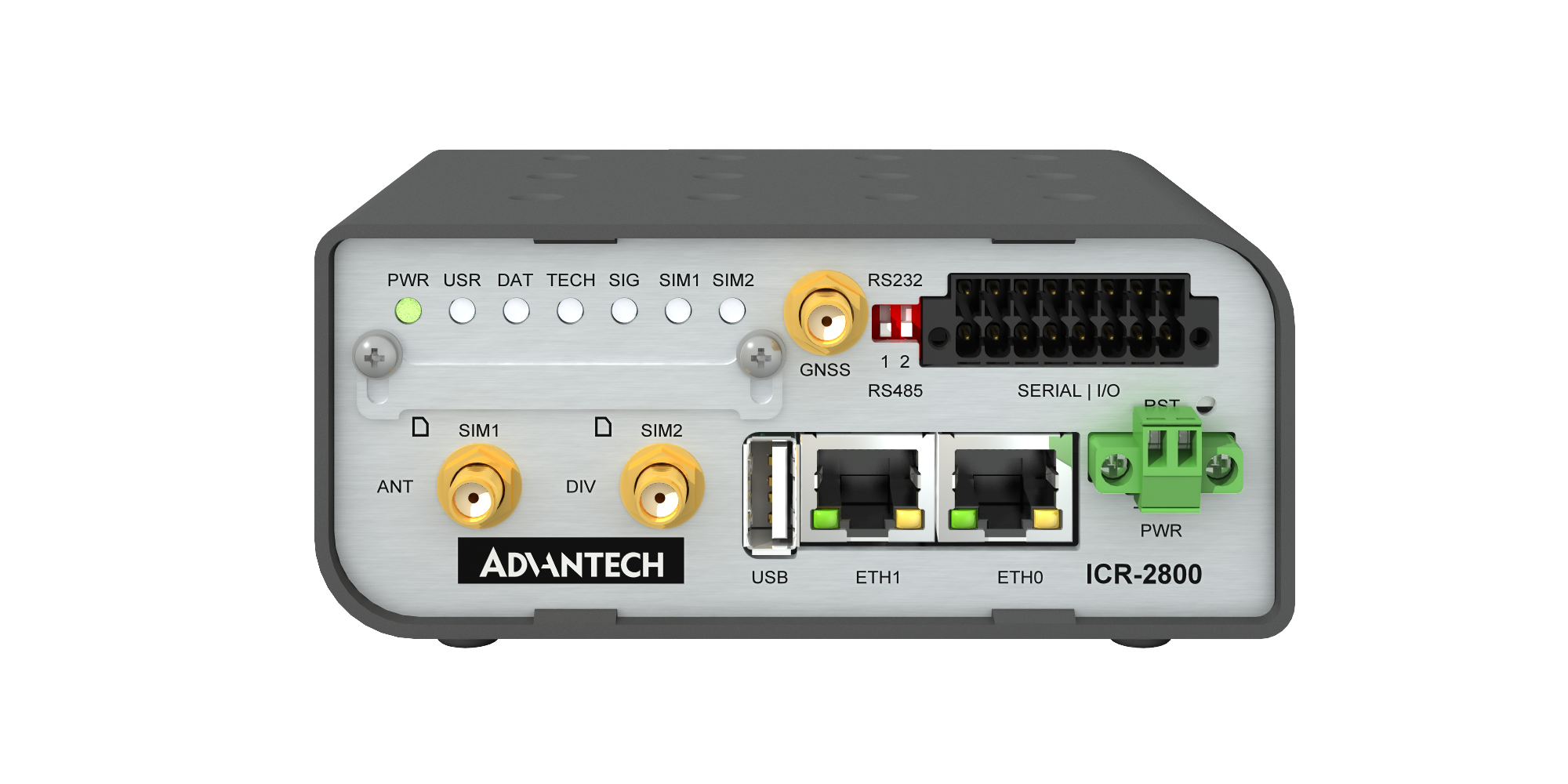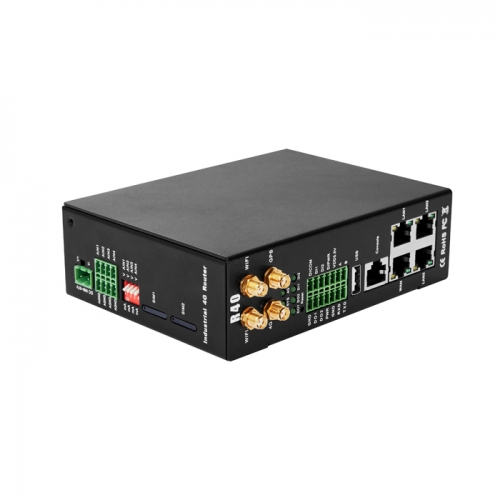Are we on the cusp of a technological revolution, or are we already living it? The rise of the Internet of Things (IoT) and the managed service routers that power it signifies a shift from mere connectivity to intelligent, interconnected systems that are reshaping industries and everyday life.
The digital landscape is evolving at an unprecedented pace, and at the heart of this evolution lie managed IoT routers. These devices are more than just conduits for data; they are the architects of a smarter, more connected world. From light industrial applications to sophisticated enterprise solutions, these routers are designed to deliver robust, secure, and efficient connectivity. This article delves deep into the world of managed IoT routers, exploring their capabilities, benefits, and the innovative solutions they bring to the table. Well examine how they are transforming business models, enhancing operational efficiency, and paving the way for a future where everything is connected.
To fully grasp the implications, it's imperative to first understand the concept. At its core, IoT encompasses a vast network of physical devices embedded with sensors, software, and other technologies that enable them to collect and exchange data with other devices and systems over the internet. Managed IoT routers serve as the critical link that connects these devices to the cloud, providing secure and reliable communication pathways.
- Jameliz Bio Age Rise To Fame Info You Should Know
- French Tickling Videos Latest Trends Insights Discover Now
The importance of these routers is underscored by the growing demand for interconnected devices across industries. IoT is not just about connecting smart home gadgets; it's transforming manufacturing processes, streamlining logistics, improving healthcare, and enhancing customer experiences. The proliferation of these devices has necessitated a more sophisticated approach to network management, security, and scalability. Managed IoT routers are designed to meet these challenges, offering advanced features and capabilities that go beyond basic connectivity.
Consider the role of router manufacturers in this complex ecosystem. Before a single router even reaches the customer, it is carefully registered to the cloud, pre-configured with the correct licensing and policies. This proactive approach, ensures that each device is ready to function seamlessly from the moment it's deployed. Customers can further customize the router configurations to match their unique requirements, even before the product physically arrives. This offers a level of flexibility and control. This also streamlines deployment processes.
The rise of managed IoT routers is fueled by a convergence of factors, including increasing bandwidth demands, the proliferation of IoT devices, and the growing need for robust security solutions. As businesses and consumers alike embrace a more connected lifestyle, the demand for seamless, reliable, and secure network connectivity will only continue to grow. Managed IoT routers are strategically positioned to meet these needs. They offer a range of benefits, including enhanced network performance, improved security, and simplified management. Moreover, the flexibility of these devices makes them suitable for a wide variety of use cases, ranging from light industrial applications to complex enterprise deployments.
- Explore Gay Boy Xxx Hot Videos Clips Youll Love
- Frustrating Search Solutions For We Didnt Find Results More
Managed IoT routers often come equipped with integrated software that supports advanced capabilities. One prime example is the Digi Remote Manager (Digi RM) included with Digi 360. This comprehensive management solution allows network managers to easily provision, deploy, monitor, and manage their network of routers. Digi RM is designed to simplify network operations, reduce downtime, and enhance overall efficiency. Key features include remote configuration and firmware updates, centralized monitoring and troubleshooting, and robust security controls. This level of management and control is particularly crucial for organizations that operate geographically dispersed networks or manage a large number of IoT devices.
The business models revolving around managed IoT routers are diverse, offering options that cater to different needs and budgets. These models can include subscription-based services, one-time purchase options, or hybrid approaches. The flexibility of these models allows businesses to choose the solution that best aligns with their specific requirements and investment strategy. Managed service routers provide a level of support and expertise that can be difficult to replicate in-house.
Lets now examine some specific examples of managed IoT routers. The Ericsson Cradlepoint S450 and S400 are both cloud-managed, secure appliances designed to meet the demanding requirements of IoT networks. These routers offer connectivity through LTE and are ideal for a variety of use cases, including light industrial applications, digital signage, building controls, and kiosk deployments.
The S450 is designed for environments where GPS and zero-trust IoT connectivity are critical. Its compact design and rugged construction make it suitable for deployment in harsh environments. The S400 offers similar features, with the addition of Wi-Fi, expanding its usability in a range of environments. Both devices provide the security and management capabilities that are essential for reliable and efficient IoT deployments. Their cloud-managed nature ensures that they can be easily monitored and managed, allowing network administrators to maintain complete control.
The choice of a managed IoT router often depends on the specific requirements of the application. Factors to consider include the number of devices that need to be connected, the bandwidth requirements, and the environmental conditions in which the router will be deployed. For instance, applications that require high bandwidth or real-time data transfer, such as video surveillance or industrial automation, may require a router with more advanced features and higher throughput capabilities. Conversely, applications that involve low data volume or intermittent connectivity, such as remote sensor monitoring, may be adequately served by a more basic model.
The future of managed IoT routers appears bright, with continued innovation and expansion of capabilities. Advancements in areas such as 5G, edge computing, and artificial intelligence are poised to enhance the performance and capabilities of these devices. 5G networks promise to provide significantly higher bandwidth and lower latency, which will enable new IoT applications and improve the performance of existing ones. Edge computing, which involves processing data closer to the source, will reduce latency and improve the reliability of IoT solutions. AI and machine learning technologies will further enhance the intelligence of managed IoT routers, enabling them to make smarter decisions and respond more effectively to changing conditions. The potential of these innovations is not confined to any particular sector.
In conclusion, managed IoT routers are no longer a luxury; they are a necessity for businesses and organizations that are embracing the potential of the Internet of Things. Their ability to provide secure, reliable, and scalable connectivity, combined with their advanced management features, makes them essential components of any successful IoT deployment. As the demand for interconnected devices continues to grow, the role of managed IoT routers will become increasingly important, driving innovation and transforming the way we live and work.
Let's break down the key aspects of managed IoT routers, exploring their vital role in today's interconnected world.
Key Features and Benefits
Managed IoT routers offer a suite of capabilities that differentiate them from basic network devices. These features are designed to meet the specific demands of IoT deployments, ensuring optimal performance, security, and manageability.
- Secure Connectivity: Built-in security features are paramount, including firewalls, VPNs, and intrusion detection systems to protect sensitive data and prevent unauthorized access.
- Remote Management: Allows administrators to configure, monitor, and troubleshoot routers remotely, reducing the need for on-site visits and simplifying network management.
- Scalability: Designed to handle a growing number of connected devices and increasing data traffic, ensuring that the network can evolve with changing needs.
- Robust Performance: Built to deliver consistent and reliable connectivity, even in challenging environments with fluctuating bandwidth or limited signal strength.
- Over-the-Air (OTA) Updates: Enables the automatic updating of firmware and software, ensuring that routers are always running the latest versions with improved security and features.
- Integration with Cloud Platforms: Seamlessly integrate with cloud-based management platforms for centralized monitoring, control, and analytics.
Managed IoT routers offer several business model options, including:
Subscription-based services: This model offers ongoing support and updates, simplifying the IT workload and ensuring the latest features.One-time Purchase: Buying a managed IoT router outright, is common for smaller deployments or in environments with existing IT expertise.
- Diva Flawless Bio Age More What You Need To Know
- Join Kahoot Now Pin Qr Code Amp App Guide Play Learn


